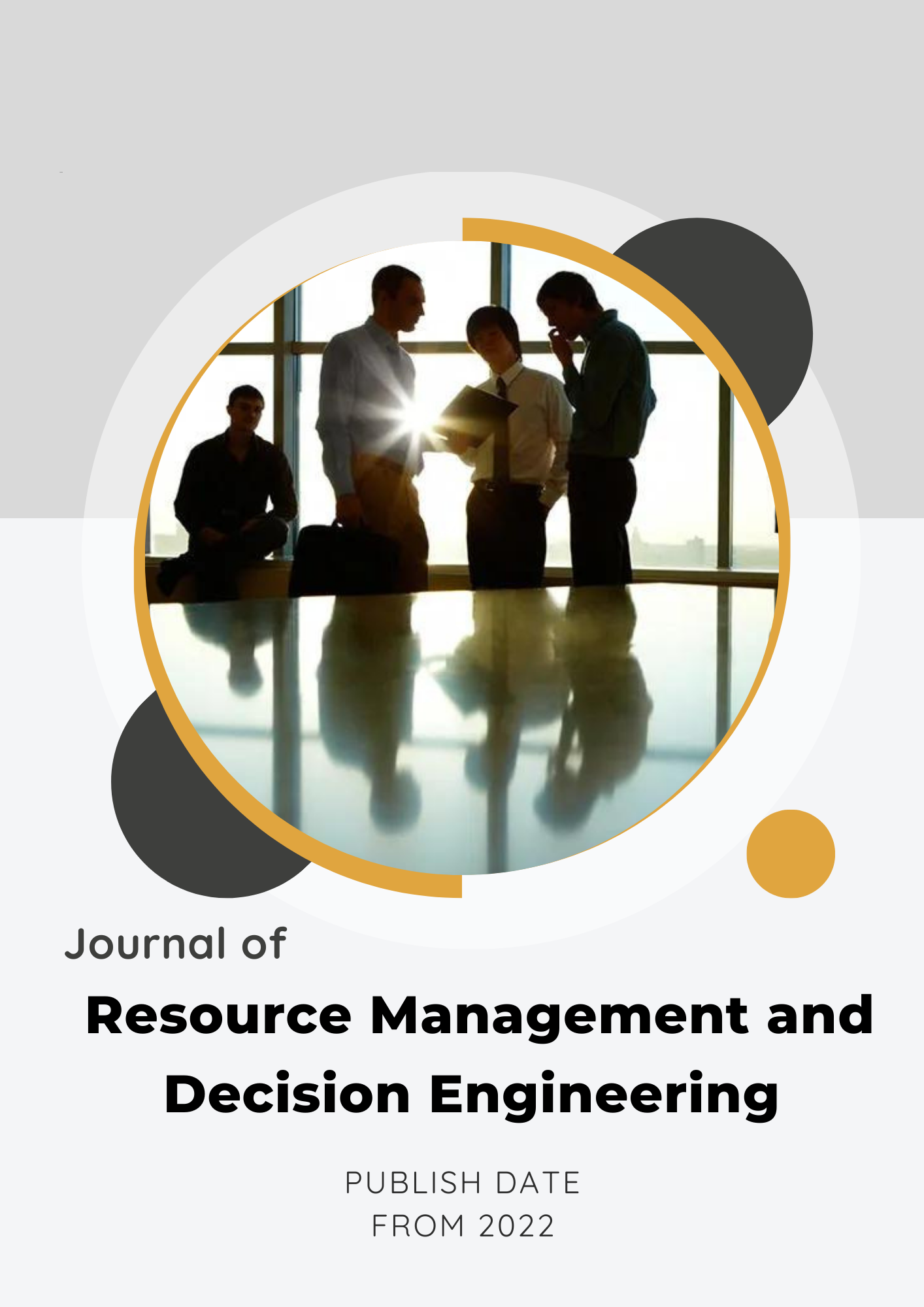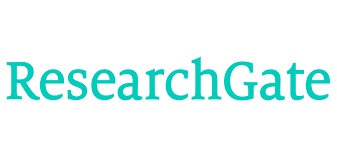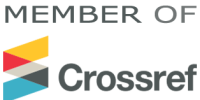Clustering Iranian Railway Transportation Companies Based on Ambidextrous Marketing Dimensions: A Multigroup Structural Equation Analysis
Keywords:
Railway transportation, ambidextrous marketing, multigroup analysis, clusteringAbstract
The rapid environmental and competitive transformations in Iran’s railway transportation industry have intensified the necessity of adopting innovative marketing approaches. One such approach is ambidextrous marketing, which enables organizations to exploit existing capabilities while simultaneously exploring new opportunities. The aim of this study is to cluster national railway companies based on ambidextrous marketing dimensions and to compare the structural relationships among the identified groups. Data were collected from 169 valid questionnaires and analyzed using a combination of clustering methods (Ward and K-means) and Partial Least Squares Structural Equation Modeling (PLS-SEM). The analysis identified three distinct clusters: technology leaders, characterized by a focus on innovation and service speed; structured customer-oriented firms, emphasizing organizational culture and human relationship management; and resource-constrained firms, facing challenges related to limited human capital and technological capabilities. The multigroup analysis revealed that the intensity and pattern of variable effects differ across clusters: technology and service speed are key drivers in the technology leaders cluster, organizational culture plays a central role among structured customer-oriented firms, and formal structure along with environmental pressures hinder value creation in resource-constrained firms. Despite these differences, ambidextrous marketing in all clusters led to financial and social outcomes through the pathways of value creation and knowledge management. The findings of this research, while confirming ambidexterity theory, highlight the need for developing strategies tailored to the specific characteristics of each cluster. The study provides practical insights for policymakers and railway managers in designing marketing programs, advancing digitalization, and promoting sustainable industry development.
References
Ahmadi, F. (2019). The Role of Rail Transportation in Economic Growth in Iran and Its Advantages. 2nd International Conference on Civil Engineering, Architecture, and Urban Development Management in Iran. https://civilica.com/doc/973645
Al-Janabi, M. A. J., Jaffar, Z. A., & Al-Ameedi, D. A. M. (2024). The role of multicultural marketing in promoting marketing recovery, the mediating role of marketing ambidexterity-an analytical study-of the views of a sample of customers of bab al agha bakeries company in Baghdad. Gospodarka i Innowacje(45), 108-125. https://www.researchgate.net/publication/379038289_THE_ROLE_OF_MULTICULTURAL_MARKETING_IN_PROMOTING_MARKETING_RECOVERY_THE_MEDIATING_ROLE_OF_MARKETING_AMBIDEXTERITY_-AN_ANALYTICAL_STUDY_-OF_THE_VIEWS_OF_A_SAMPLE_OF_CUSTOMERS_OF_BAB_AL_AGHA_BAKERIES_CO
Aripin, Z., Matriadi, F., & Wibowo, L. A. (2024). Analysis of Marketing Capability and Market Ambidextrous on Product Innovation Results: Integration of Dynamics Between Internal and External Approaches. Journal of Economics, Accounting, Business, Management, Engineering and Society, 1(4), 1-12. https://kisainstitute.com/index.php/kisainstitute/article/view/18
Christofi, M., Vrontis, D., & Cadogan, J. W. (2021). Micro-Foundational Ambidexterity and Multinational Enterprises: A Systematic Review and a Conceptual Framework. International Business Review, 30(1), 101625. https://doi.org/10.1016/j.ibusrev.2019.101625
Dezi, L., Ferraris, A., Papa, A., & Vrontis, D. (2019). The Role of External Embeddedness and Knowledge Management as Antecedents of Ambidexterity and Performances in Italian SMEs. Ieee Transactions on Engineering Management, 68(2), 360-369. https://doi.org/10.1109/TEM.2019.2916378
Dolz, C., Iborra, M., & Safón, V. (2019). Improving the Likelihood of SME Survival During Financial and Economic Crises: The Importance of TMTs and Family Ownership for Ambidexterity. BRQ Business Research Quarterly, 22(2), 119-136. https://doi.org/10.1016/j.brq.2018.09.004
Gibson, C. B., & Birkinshaw, J. (2004). The Antecedents, Consequences, and Mediating Role of Organizational Ambidexterity. Academy of Management journal, 47(2), 209-226. https://doi.org/10.2307/20159573
Hakimi, E., Gholami, A., & Ramadan. (2023). Dual Capability Innovation: Antecedents and Its Effects on New Product Performance. Journal of Executive Management Research, 15(29), 41-65. https://journals.umz.ac.ir/article_4301.html?lang=en
He, P., Pei, Y., Lin, C., & Ye, D. (2021). Ambidextrous Marketing Capabilities, Exploratory and Exploitative Market-Based Innovation, and Innovation Performance: An Empirical Study on China's Manufacturing Sector. Sustainability, 13(3), 1146. https://doi.org/10.3390/su13031146
Henseler, J., Ringle, C. M., & Sarstedt, M. (2015). A New Criterion for Assessing Discriminant Validity in Variance-Based Structural Equation Modeling. Journal of the Academy of Marketing Science, 43(1), 115-135. https://doi.org/10.1007/s11747-014-0403-8
Huu, D. N., & Ngoc, V. N. (2021). Analysis Study of Current Transportation Status in Vietnam's Urban Traffic and the Transition to Electric Two-Wheelers Mobility. Sustainability, 13(10), 5577. https://doi.org/10.3390/su13105577
Kassotaki, O. (2019). Ambidextrous Leadership in High Technology Organizations. Organizational Dynamics, 48(2), 37-43. https://doi.org/10.1016/j.orgdyn.2018.10.001
Majidi, R. S., Mirei, M., & Ahmadi, S. A. (2017). Formulating Strategies for the Development of Rail Transportation in Iran. Parliament and Strategy, 24(89), 81-104. https://sid.ir/paper/224771/fa
March, J. G. (1991). Exploration and Exploitation in Organizational Learning. Organization Science, 2(1), 71-87. https://doi.org/10.1287/orsc.2.1.71
Nasr Azadani, S. M., & Colleagues. (2015). Evaluating the Current Status of the Railway Industry in the Country Considering the Strategic Document of Railway Industries by 2025. 4th International Conference on Recent Advances in Railway Engineering,
Shahriyari, S. A., & Jahanshahi, F. (2021). Explaining the Role of Dual Capability Marketing in the Relationship Between Market Knowledge Development and Intellectual Capital with the Performance of Knowledge-Based Companies. Modern Marketing Research, 11(4), 107-126. https://doi.org/10.22108/nmrj.2021.124133.2191
Downloads
Published
Submitted
Revised
Accepted
Issue
Section
License
Copyright (c) 2026 Javad Noroozi (Author); Ali Asghar Eyvazi Heshmat; Rasoul Sanavifard (Author)

This work is licensed under a Creative Commons Attribution-NonCommercial 4.0 International License.








